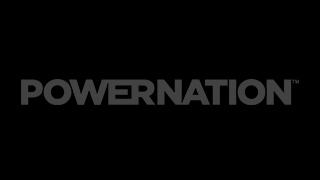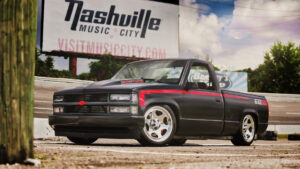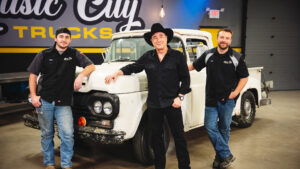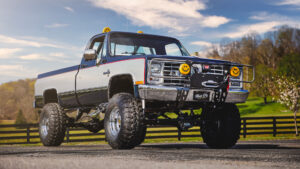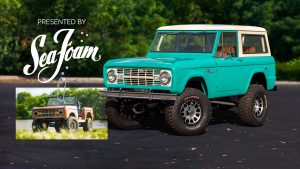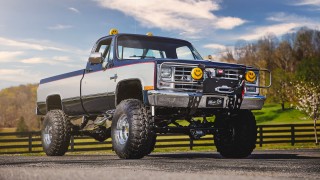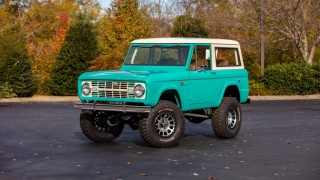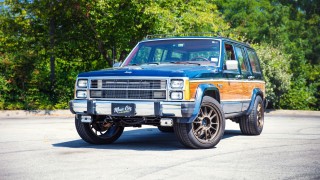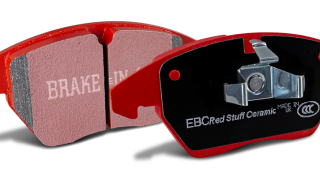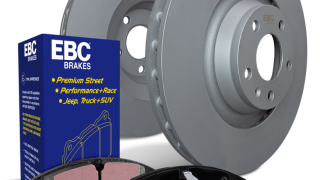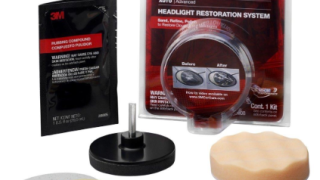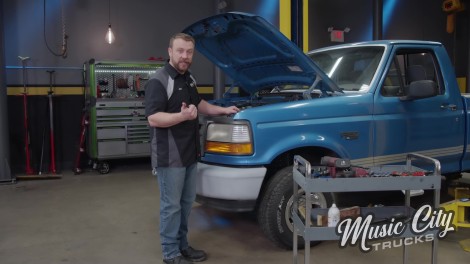
Ford Fix it Show
For all you Ford lovers, we'll help you troubleshoot your F-150 with tips and tricks to keep your truck running reliably for years to come. We'll tackle the suspension, steering, brakes, and clutch and address the alternator. We may even throw in a couple of goodies if you promise to put up all your tools when you're done.
Season 4
Episode 8
Hosts: Eric Smart, Joel McMillan
First Air Date: June 17, 2024
Duration: 21 minutes 27 seconds
